The Kentucky Derby and Why Secretariat Is Its Greatest Champion
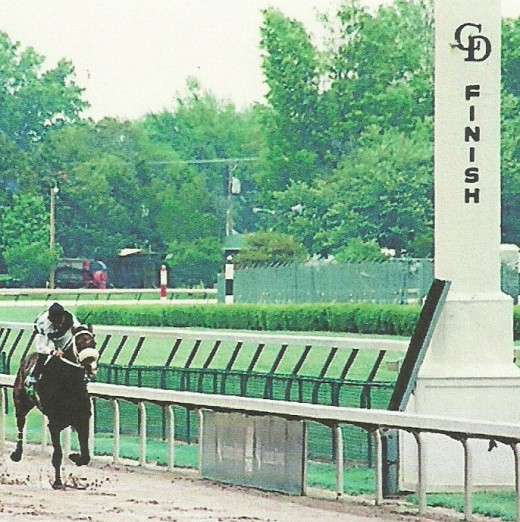
If, perhaps, Man o' War, America's best known Thoroughbred, had stepped hoof upon Churchill Downs dirt in 1920, there may never have been a controversy about who was the best Thoroughbred of all time in the United States -- Man o' War or Secretariat. Although Man o' War that year defeated America's first Triple Crown winner, four-year-old Sir Barton, on October 12, the great liver red chestnut did not have Kentucky Derby credentials on his career resume.
Big Red stomped out Preakness Stakes and Belmont Stakes competition in 1920 to win two of the Triple Crown races (named such in the 1930s), but he wasn't entered in the Kentucky Derby. That honor was left to a son, War Admiral, in 1937.
It was 1973's Secretariat, (a chestnut also nicknamed Big Red), who became the most decorated Derby champ ever with a running time of 1:59-2/5 for the 1-1/4 miles contest. He finished the last quarter in faster time than his first. His speed record for the race still stands.
Only two other Thoroughbreds in the history of the Derby have run the distance in under two minutes: Sham, who lost to Secretariat, and Monarchos, who won the race in 2001 (1:59.97 (4/5).
To better put Secretariat's feat in perspective, it can be noted that the Derby in its beginnings as a 1-1/4 miles competition (1896 to present) was being run in well over two minutes, with Typhoon II recording the slowest time, 2:12-1/2 in 1897. Seven other victors from 1897 through 1929 traveled that distance in 2:10-2/5 or slower.
War Admiral's 2:03-1/5 in 1937 established a new record at the time before Whirlaway's blazing 2:01-2/5 in 1941. Lucky Debonair broke that time in 1965 with a 2:01-1/5 race, which stood until 1973.
From 1875 through 1895, the Derby was run at a distance of 1-1/2 miles. The fastest time produced in that timeframe was Spokane's effort in 1889 -- 2:34-1/2.
In Secretariat's blowout 1-1/2 miles Belmont Stakes of 1973, the big red machine blitzed the distance in an unbelievable 2:24 flat, still a world record, track record, and stakes record.
Derby Beginnings and Influence
Begun in 1875 in Louisville, Kentucky, the horse race known as the Kentucky Derby is the only classic of the American Triple Crown that has been held annually since its inception. Its importance for the United States horse racing scene is indisputable -- it is the country's most largely attended horse racing event -- and its worldly influence on the Sports of Kings is renown.
Kentucky Derby attendance has been on the rise. In 2011, 164,858 persons came to the track, rocking the record crowd of 163,628 previously established in 1974, when the race's 100th anniversary was celebrated.
Horses from across the globe are shipped to Louisville to run at Churchill Downs on the first Saturday in May, the Derby's long-time running date. One of the most famous Derby winners from abroad was Canonero II, an under-nourished-looking bay colt from American heritage raced exclusively in South America before being brought to the classic by Venezuelan connections who spoke only broken English.
In the 1971 field of 20, Canonero II reached the wire 3-3/4 lengths ahead of the pack and was hailed by the American press as "the Caracas Cannonball".
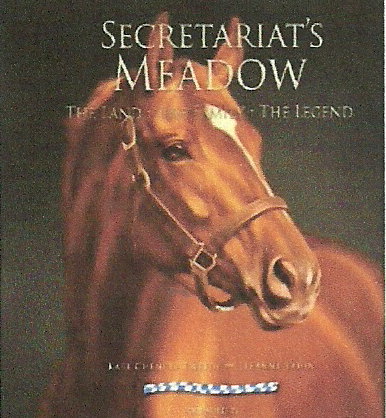
The UAE's Godolphin Racing, one of the world's most powerful racing stables which is connected to the annual running of the $10 Million Dubai World Cup, horse racing's richest event, considers its resume incomplete because it has yet to win the Kentucky Derby.
Ladies Day at the Track
Since 1956, a week-long festival in Louisville has celebrated the city's world-wide attraction, the Kentucky Derby. Thousands of volunteers and hundreds of corporate benefactors help promote the event that adds nearly $100 million to the area's economy each spring.
In recent history, the Derby has helped honor the ladies of the sport and of the nation by running second to the Kentucky Oaks for three-year-old fillies. The Oaks is held the day before the Derby, and its latest promotion begun three years ago is called "Ladies First", a pink celebration that recognizes survivors of cancer.
In 2012, the pink party effort will be supported by Churchill Downs donating $1 to the "Stand Up to Cancer" campaign for each person who attends the Kentucky Oaks Survivors Parade.
Ladies attending Oaks and Derby days continue congenially to compete in the categories of most tastefully decorated, or best flowered hat. A sea of colorful headgear flows across the grandstand each year.
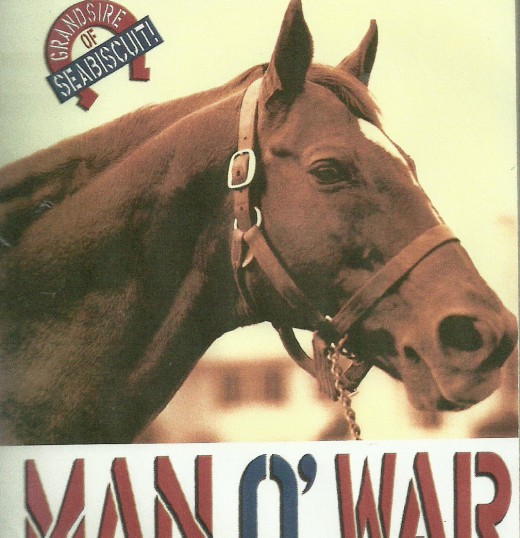
Fillies Win the Derby
The Kentucky Derby and its Triple Crown mates, the Preakness and the Belmont, are exclusive matches for three-year-olds only. Although only fillies are entered in the Kentucky Oaks, the Derby welcomes females as well as males. And in its storied history, fillies have beaten the boys in the Derby just three times:
- Regret, chestnut, 1915; owned by Harry Payne Whitney; trainer, James G. Rowe Sr.
- Genuine Risk, chestnut, 1980; owned by Mrs. B.R. Firestone; trainer, LeRoy Jolley
- Winning Colors, roan, 1988; owned by Eugene V. Klein; trainer, D. Wayne Lukas
Regret, entered in the 41st Kentucky Derby, was brought to the scene by two of the sports giants of the day, Whitney and Rowe. Along with the enterprising leadership of Colonel Matt Winn, a Louisville tailor with a flair for publicity and a love for horse racing, Regret's stunning victory against 12 male opponents helped bring the Derby to racing prominence.
Winn took on the management of the Churchill Downs track in 1902. From 1875, the year in which the Derby took flight, through 1949, Winn never missed a Derby contest. His promotion of the Kentucky Derby was a lifetime commitment.
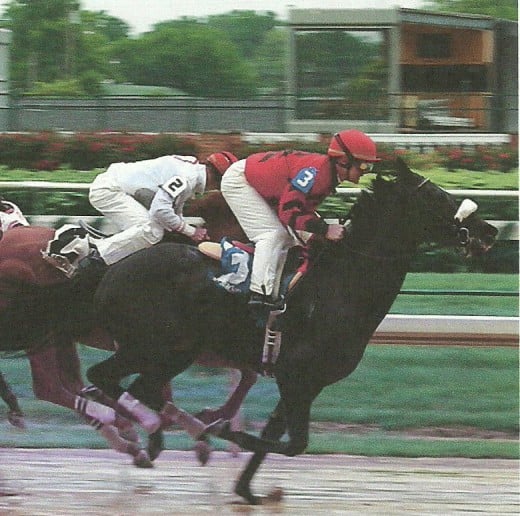
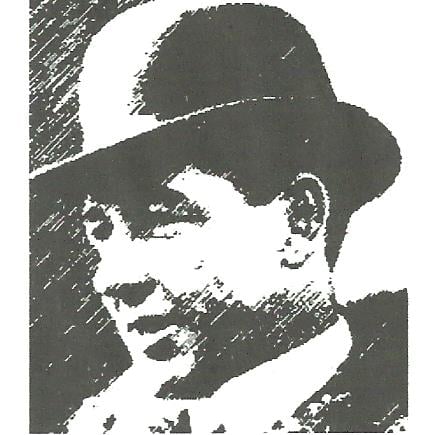
War Admiral Lights It Up
Beyond the fillies, beyond Secretariat and Man o' War, was War Admiral, 1937's Triple Crown champion sired by Man o' War. War Admiral's dam was Brushup, by Sweep. The little brown colt who could may have lost his match race to Seabiscuit in 1938 and have had a world famous sire who never ran in the Kentucky Derby, but in 1937 he ruled the Derby himself, winning by 1-3/4 lengths over 19 foes under the hands of jockey Charles Kurtsinger.
The amazing War Admiral still today rules the world by sending prospects to the Kentucky Derby through a long-reaching list of progeny!
Kentucky Derby Traditions
In 2012's 138th renewal of the Kentucky Derby on May 5, many Derby traditions will continue.
The race's coveted trophy, first given to the winning connections in 1924, the year of winner Black Gold, is designed with a garland of roses and a horse figure. The only change on that design over the years came in 1999 when its horseshoe was pointed upward rather than downward. Ancient beliefs maintain that a downward shoe gives protection, but racing superstition says an upward horseshoe throws out better luck.
In 1938, the Kentucky Derby drinking glass appeared for the first time. It was colorized in 1939. Before the distribution of the Derby glass, it had been observed that regular glasses on Derby day were disappearing! Glasses remain the most popular Derby souvenir, and their original contents most likely involves a Mint Julep, the preferred beverage of Derby days. As many as 120,000 Mint Juleps are served during the two-day celebration of the Kentucky Oaks and the Kentucky Derby.
Unfortunately, War Admiral was the object of one of two significant mistakes that occurred in the printing of the glasses over the years. In 1937, printing on the glasses failed to recognize that War Admiral had won the Triple Crown, and in 1932 the glasses had named Burgoo King as the Triple Crown champion when in fact he had won only the Derby and the Preakness. He wasn't entered in the Belmont.
In 1951, sterling silver cups were added to the Derby's garnish as a souvnir and a tribute to Winn, who introduced the idea but died two years before the cups were first introduced.
"My Old Kentucky Home", written by Stephen Collins Foster in 1853, is the Derby's official anthem, sung emotionally by every Derby crowd that gathers for the world' most famous race. Although the song originally had three verses, just the first one, along with the chorus, is sung as the competing Thoroughbreds enter onto the track for their post-parade walk. It was first played as the field of horses appeared in 1930, according to a report in the Philadelphia Public Ledger.
The "Run for the Roses" is the standard nickname for the Derby, developed by 1925 after a garland of roses laid across the winning horse's withers became a popular part of the ceremonies following the race's conclusion. A New York sports writer, Bill Corum, is credited with coining the phrase. From 1950 through 1958, Corum served as president of Churchill Downs.
Ben Brush was the first Derby champ to receive a collar of pink and white roses after his victory in 1896. The dark red rose garland was initiated with Burgoo King's triumph in 1932.
Winningest Owners and Trainers
The old Whitney stables rank among the owners with the most starters (34) all time in the Kentucky Derby. Harry Payne Whitney started 19 runners and garnered two wins, while C.V. Whitney had 15 starters but no wins.
Calumet Farm achieved eight Derby wins from 1941 through 1968 with 20 starters.
Colonel E.R. Bradley of Idle Hour Stock Farm triumphed at Churchill Downs in the Derby four times from 28 starters, while Greentree Stable boasts 19 starters and two victories.
Trainer Ben A. Jones won two Triple Crowns, in 1941 with Whirlaway and in 1948 with Citation. He also scored in the Kentucky Derby in 1938 (Lawrin), 1944 (Pensive), 1949 (Ponder), and in 1952 (Gail Hill).
H.J. "Dick" Thompson captured four Derbys, as did D.Wayne Lukas.
Trainers with three Derby triumphs include Bob Baffert, James "Sunny Jim" Fitzsimmons, and Max Hirsch. Fitzsimmons conditioned the only father-son Triple Crown winners in history, 1930's Gallant Fox and 1935's Omaha.
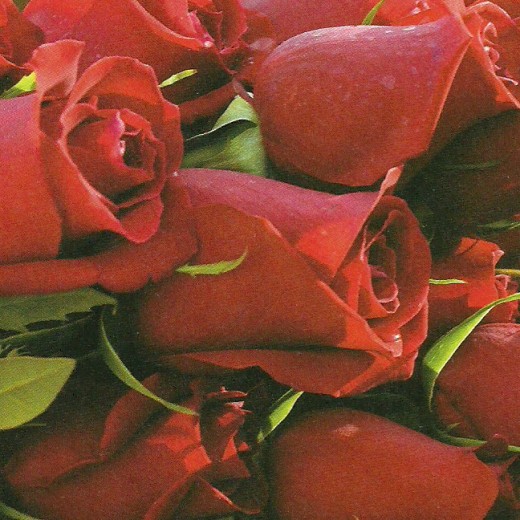
Winning the Kentucky Derby
Secretariat's jockey, Ron Turcotte, recently interviewed by The Blood-Horse magazine, said of his 1973 Kentucky Derby mount in the magazine's April 28, 2012/No.17 issue in the article "Riding High", by Lenny Shulman, "I knew I had a lot of horse under me and rode him accordingly".
In the same article, retired jockey turned TV commentator Gary Stevens said of Winning Colors: "Winning Colors gave me this peaceful, confident feeling that this was her racetrack".
Rider Pat Valenzuela spoke of the great Sunday Silence (1989) as a "can't lose" Derby horse. He "had so much confidence it was unbelievable", Valenzuela stated.
Affirmed, America's last Triple Crown winner from 1978, was ridden by young Steve Cauthen, just 18-years-old at the time. "I was able to take Affirmed back and we strolled along from there and it was perfect," Cauthen said of his Derby trip.
Sea Hero won the Derby in 1993. His trainer, Mack Miller, said: "The Derby is the epitome. It's the best, the biggest. If you win that, you've done everything". (The late Miller was recently requoted in the official magazine of the Kentucky Derby, Kentucky Derby, in the May 5, 2012 edition.)
- What's In A Horse's Name?
The names chosen for horses may reveal things about the animal itself or its owners. Hollywood and fictional horses like - Thoroughbred Racing and Unwanted Horses Rescue
Is the horse racing industry doing enough to help solve the growing problem of unwanted horses? Not only many Thoroughbreds suffer at the end of their lives. All breeds are under duress. - What Does Triple Crown Mean In Horse Racing?
The Triple Crown of horse racing most often refers to the American running of a series of three races for three-year-olds that determine champions. However, many countries hold a Triple Crown and have internatioal rankings and champions of the raceho








